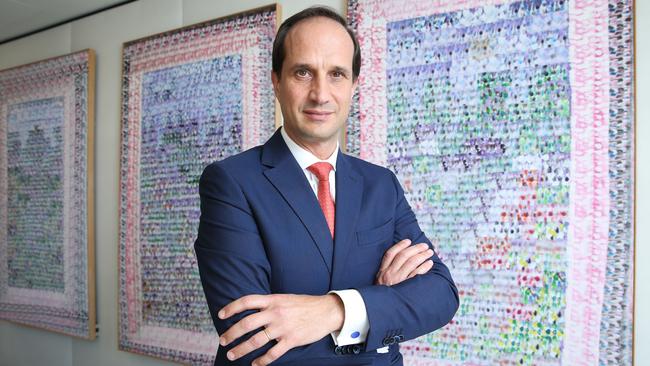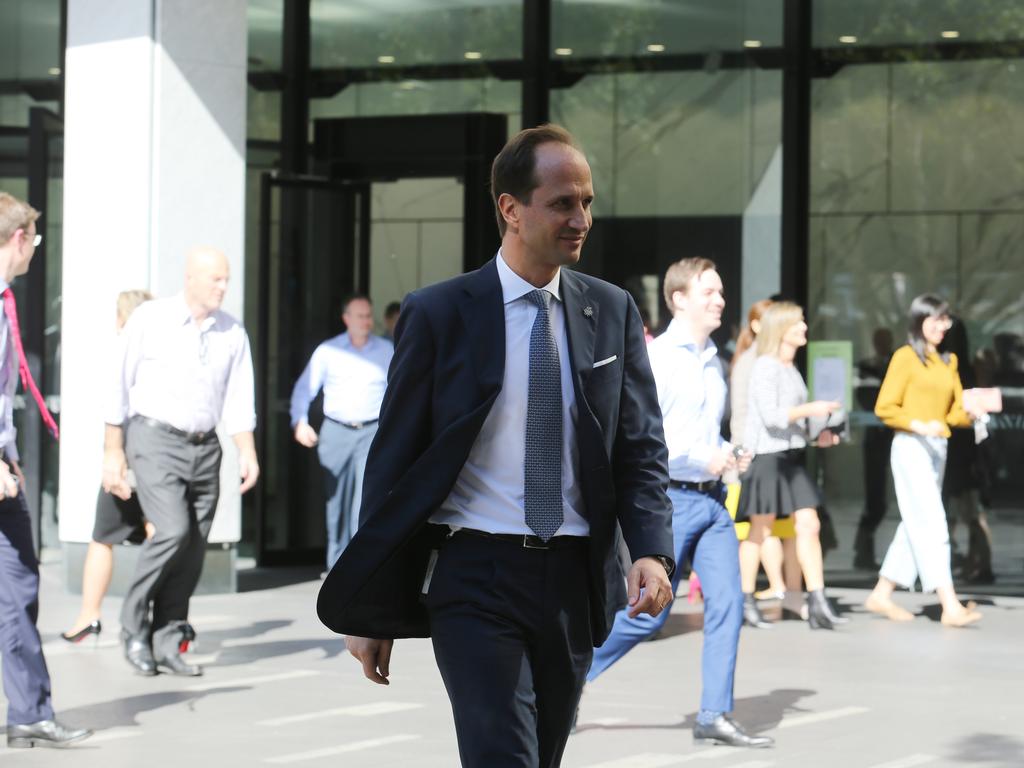AMP to face a fitting end in wrecker’s yard

Two years ago, as the royal commission got into full swing, I asked in these pages: what is the point of AMP?
“For 146 years it was a very well-regarded life-insurance mutual society, owned by policyholders — a bit like today’s industry funds — which paid handsome commissions to its agents, who were also pillars of every local community in the land.
“In 1995 it began a new life as one of the most spectacularly unsuccessful and badly-managed listed companies in stock exchange history.”
Now it’s being prepared for the wrecker’s yard to be sold in parts – a fitting end.
The question that long-suffering shareholders should be asking is: how come directors didn’t tell the market immediately when offers started coming in, and at what price, and how come they aren’t doing the break-up themselves so all the benefit goes to shareholders, instead of giving a margin to private equity?
And it’s likely to be a very handsome margin at that.
Going by the valuations of Magellan and Platinum, the market is inclined to value well-run asset managers at 10c in the dollar of funds under management (Magellan, with $102 billion FUM, has a market cap of $10 billion; Platinum with $2.1 billion FUM is valued at $1.8 billion).
AMP Capital has $198 billion in FUM, so should be worth $20 billion away from the dead hand of AMP. Los Angeles-based Ares Capital is reported to made an indicative, non-binding “offer” of $5 billion, which would leave it a fat margin of safety.
If they can get an auction going, AMP directors might be able to get the price up to $6bn - $7bn. The private equity firm that wins knows that selling the bank and other assets quickly would knock the net price of AMP Capital down, and that five years of rebuilding and rebranding that business could see it relisted for a five-fold gain, which is exactly what private equity is all about.
Why doesn’t AMP’s board and management do the work instead? Because they can’t – the history of the company is too steeped in the integration of advice and funds management. It could have been done two years ago, but now it has to be someone else, and the cost to shareholders of that failure is going to be very high.
Financial advice can no longer be used to distribute investment products, which blows up AMP’s business model. This is not a surprise.
When AMP switched from selling life insurance on commission to selling investment on commission the model worked fine, but for the best part of a decade now, financial advice has been changing into an ethically professional service that puts clients’ interests first, and is not used for distribution, especially of in-house products.
The time to deal with this and refocus this historic Australian business on the future rather than the past was when David Murray replaced Catherine Brenner as chairman, and Francesco de Ferrari replaced Craig Meller as CEO, but they couldn’t/wouldn’t do it.
They obviously thought they could find a way around the problem by “reinventing financial advice”, as they put in their new corporate strategy, and thereby preserve their lucrative, prestigious jobs. Yeah nah, as footballers say.
Murray’s replacement, Debra Hazelton, seems to have decided she can’t do it either, which is perhaps not surprising: it would be hard, probably thankless, and more importantly, risky.
Presiding over a cash liquidity event for the shareholders on the other hand, would be easy, thankful and safe. So it’s “portfolio review” time.

On Friday AMP confirmed a report the previous evening that Ares is in the data room doing due diligence, having dangled $1.50 per share. Normally companies volunteer that information before it gets out, in line with their continuous disclosure duties, but in line with its old habit of keeping the market in the dark and mucking things up, AMP waited till it got out instead.
It’s worth noting here that the portfolio review announcement was made on September 2, since when the stock traded between $1.28 and $1.55 while directors fielded non-binding indicative offers – apparently more than one.
And we know that because Friday’s “portfolio review update” said so: “AMP has received significant interest in its assets and businesses and is assessing a range of options in a considered and holistic manner…”
Those who sold at less than $1.50 while that was going on might have a case.
* Alan Kohler is Editor in Chief of Eureka Report







AMP is going to be broken up. That was always going happen as soon as the Hayne royal commission brought down the final curtain on conflicted financial advice, although the writing was on the wall after commissions were banned in 2012.